




Overview of the Noble Gases
Have you ever wondered in which group of the periodic table do the noble gases lie? All these gases lie in the Group 18 of the periodic table. These mostly exist in the form of gases but under certain conditions, can be found in the form of liquids. This article covers all the important details about noble gases, noble gases facts, and characteristics. Examples of noble gases and their names and symbols, are given to understand the students better. Now, let’s gather more information about noble gases.
What are Noble Gases?
Noble gases, traditionally known as inert gases, are also called aerogens. These form a class of chemical elements possessing similar properties; under specified standard conditions. Noble gases are a part of Group 18 of the periodic table. These gases do not combine with other elements to form compounds.
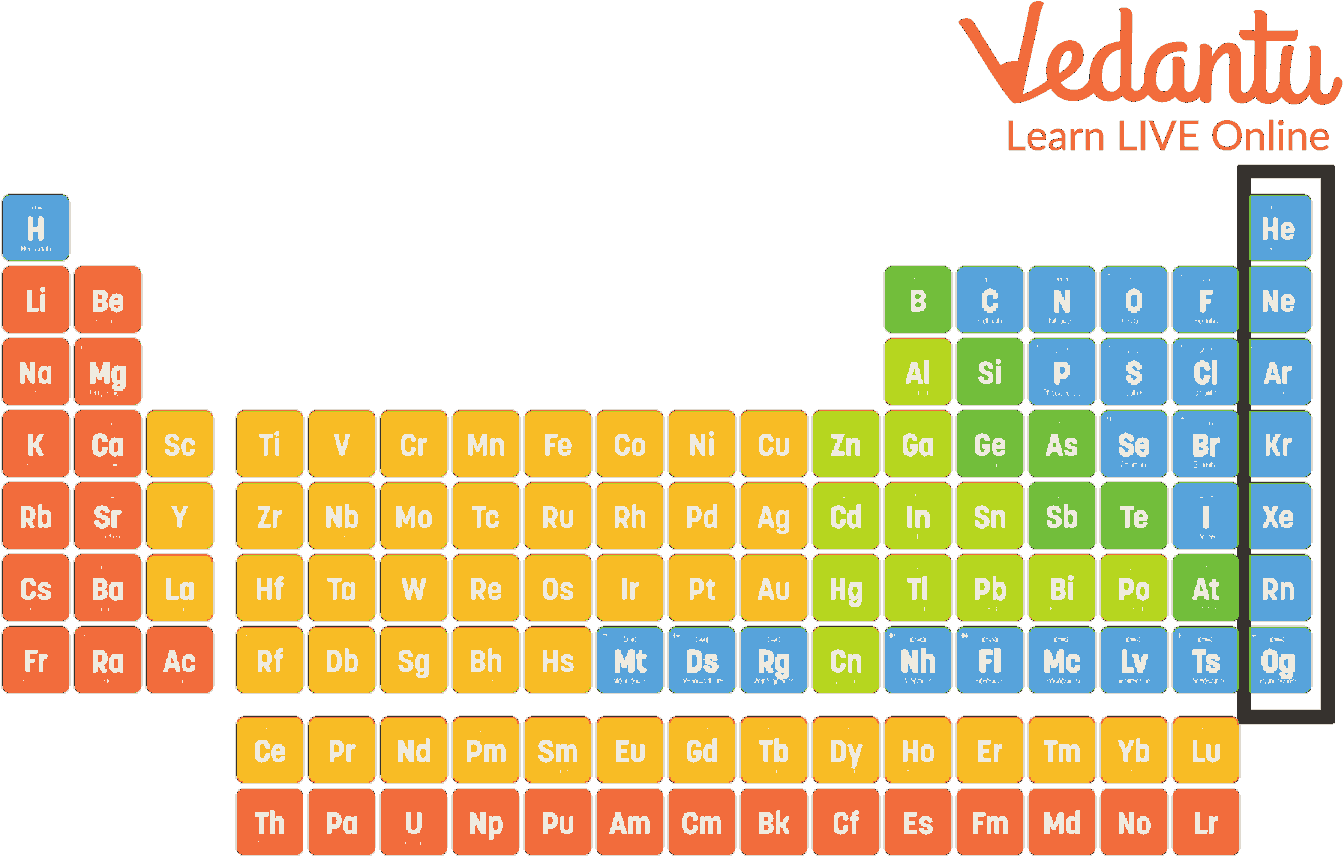
Periodic Table with Noble Gases Names
In addition to not reacting, these elements also do not interact with each other or anything else in a way that humans can observe. Although these gases have no smell and are colourless and non-toxic, some may be hazardous too.
Characteristics of the Noble Gases
Some of the essential Characteristics of Noble Gases are given below:
These gases are odourless, tasteless, and colourless.
Noble gases occur in monatomic form.
These gases possess very low chemical reactivity. Hence, sometimes also called unreactive gases.
The outer shell of the valence electrons is filled.
Noble gases are non-flammable.
Facts About the Noble Gases
Some interesting facts about the noble gases are discussed below:
Out of seven available noble gases, six are occurring naturally in the atmosphere.
These gases are highly unreactive, i.e. they react only under extreme conditions.
Noble gases are liquids at a small range of temperature.
Oganesson is the only noble gas that is produced synthetically, which is extremely radioactive.
Helium is the most abundant element in the universe after hydrogen.
Examples of Noble Gases
There are seven noble gases available in the universe including:
1. Helium
It is the first chemical element present in the group of noble gases. Its symbol is He and has an atomic number 2. Helium is a colourless, odourless gas that makes up a quarter of our atmosphere.
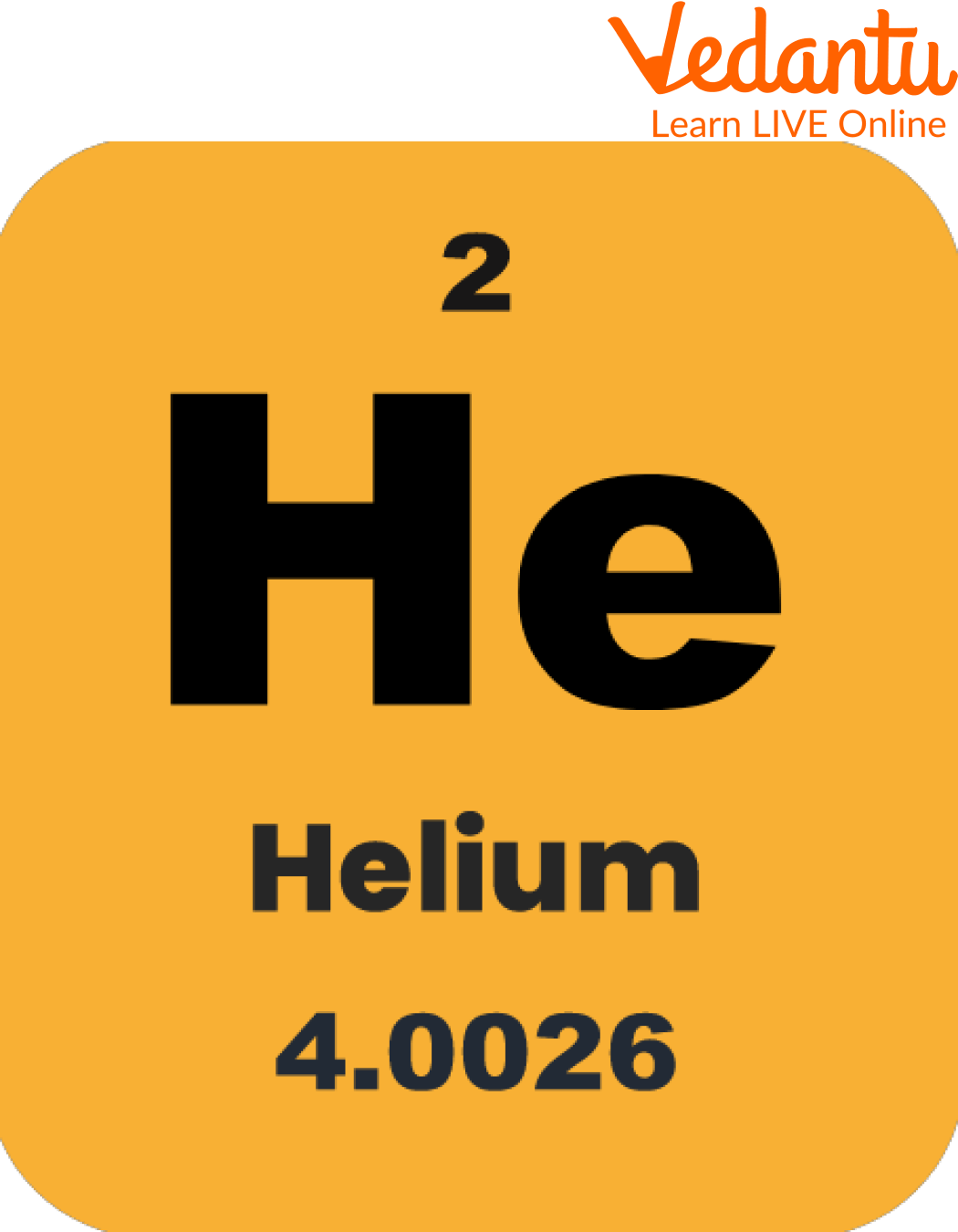
Helium
2. Neon
It is the element that was discovered along with Krypton and Xenon. It has the atomic number 10, and its symbol is Ne. Neon flashlights are a crucial item in any emergency preparedness kit.
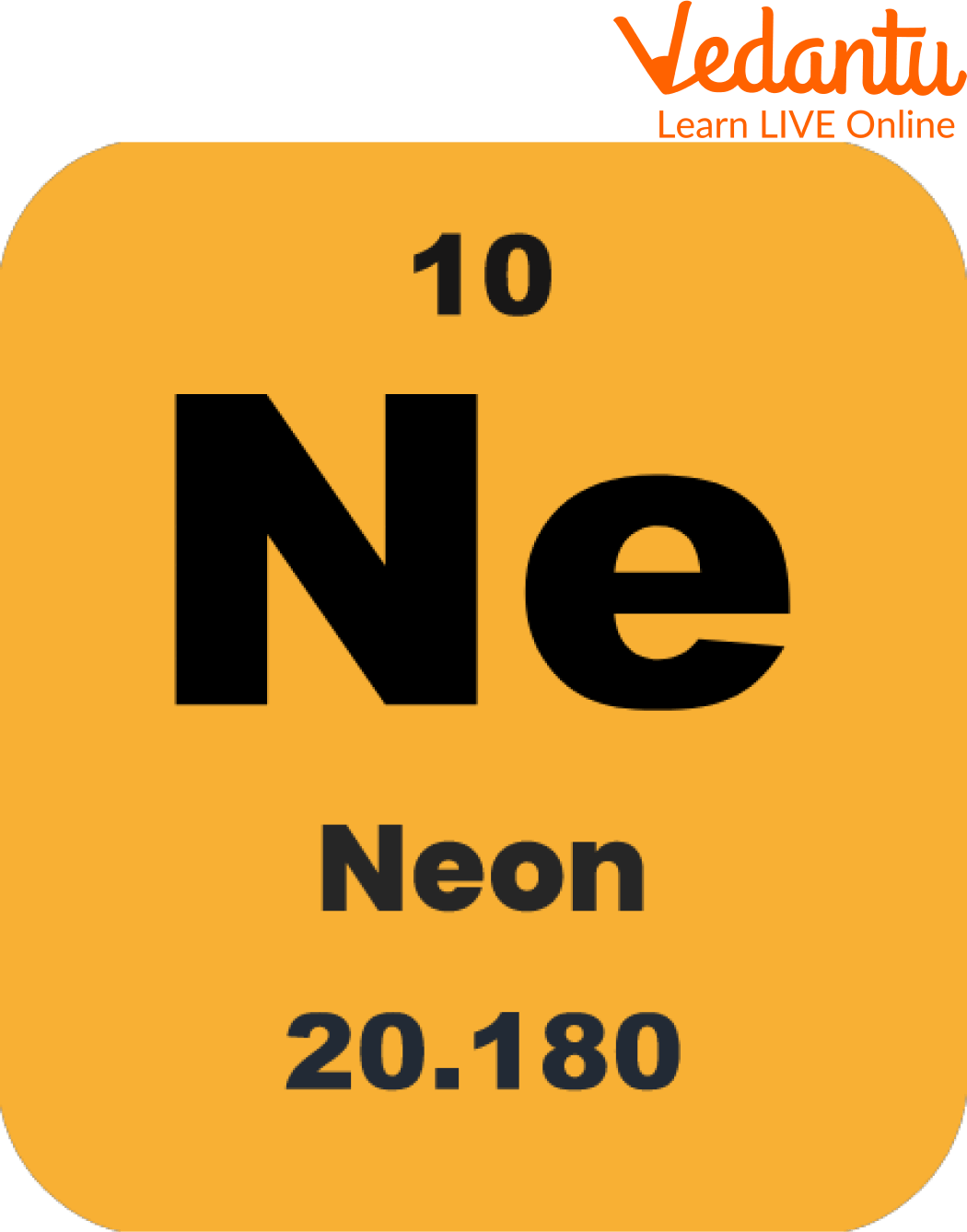
Neon
3. Argon
Argon is the third mostly found gas in the earth's atmosphere. Its symbol is Ar and has the atomic number 18. Argon has very low levels in the liquid and solid phases.
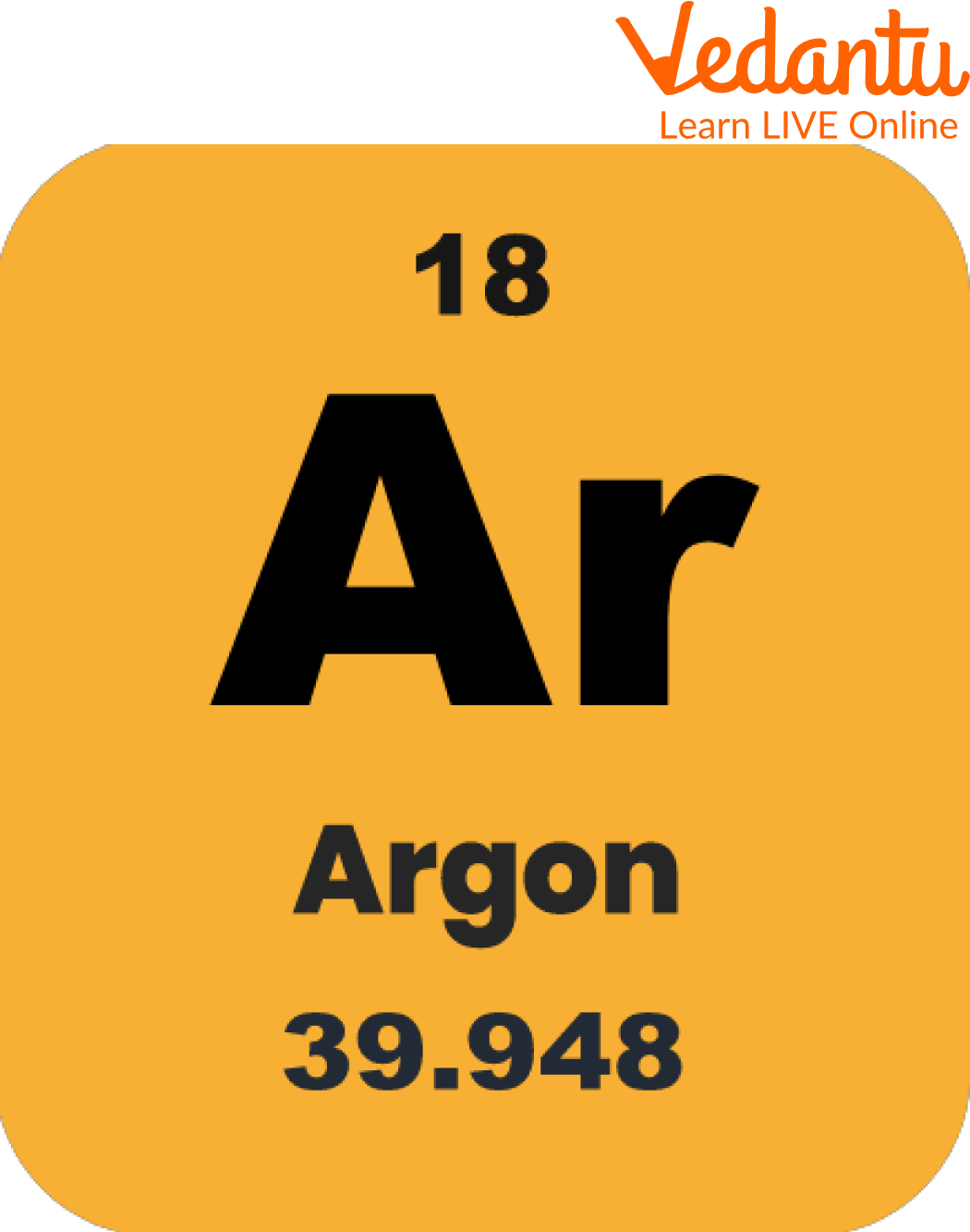
Argon
4. Krypton
Krypton gases are some of the most important elements in the universe. Krypton is chemically inert gas that is mainly found in trace amounts in the atmosphere. It has an atomic number 36 with the symbol Kr.
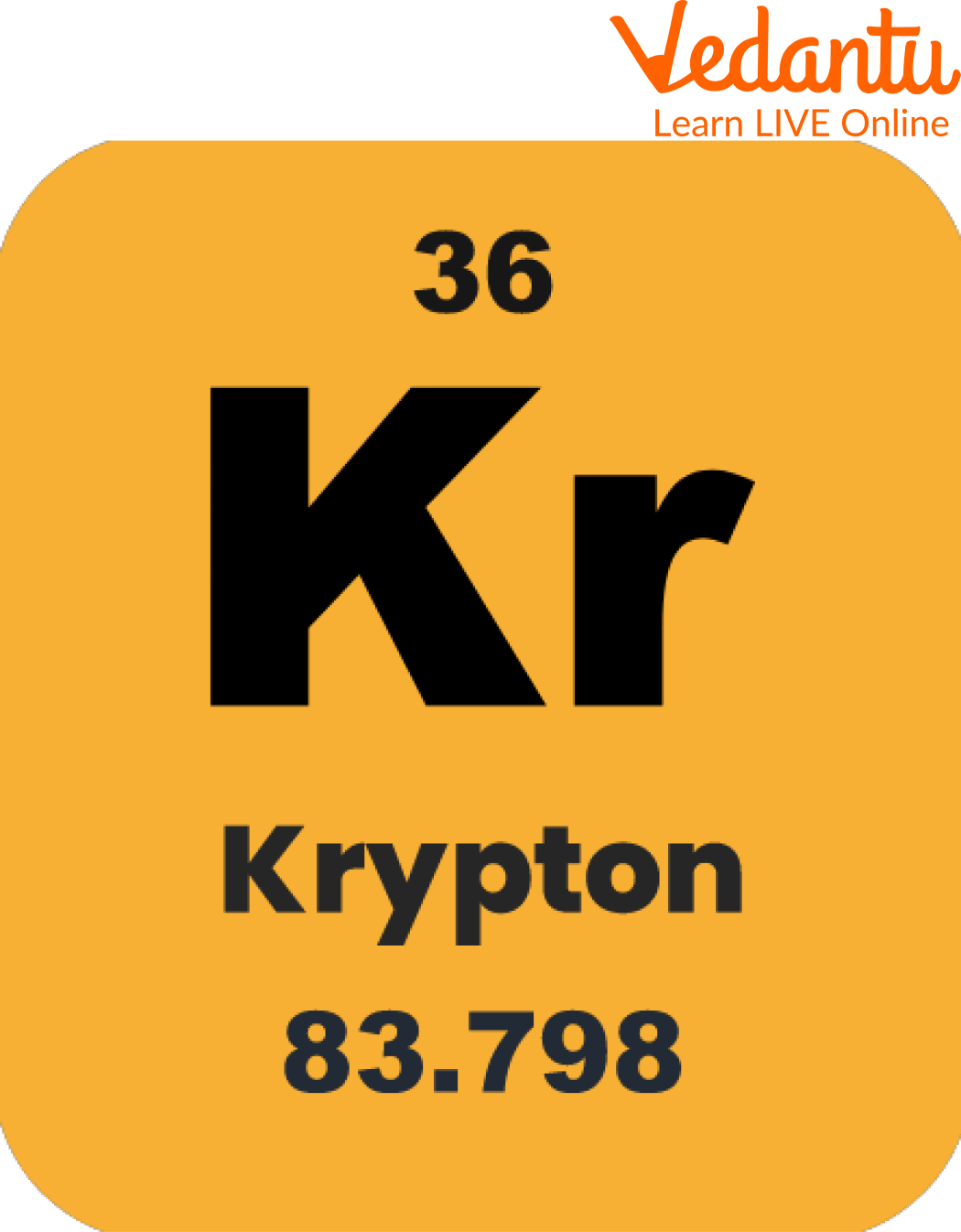
Krypton
5. Xenon
Xenon is a dense inert gas that has the symbol Xe. It is the rarest noble gas having an atomic number 54. Being unreactive, it still undergoes several chemical reactions.
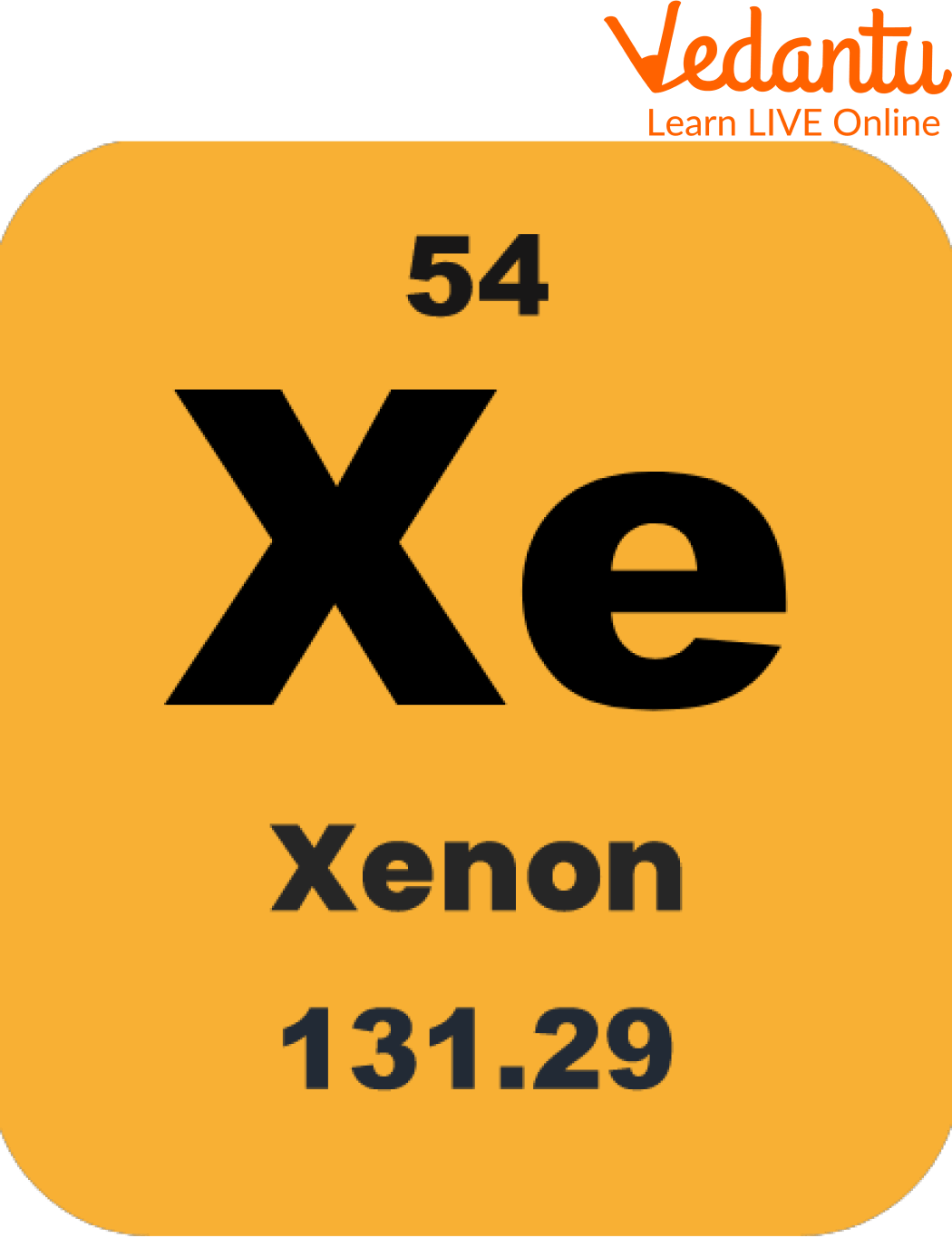
Showing Noble Gas, Xenon
6. Radon
Radon is a chemical element with the atomic number 86 and the symbol Rn. It is the heaviest gas present in the earth's atmosphere. The gas is always present at low levels but if you breathe high concentrations of radon for an extended period, you can develop lung cancer.
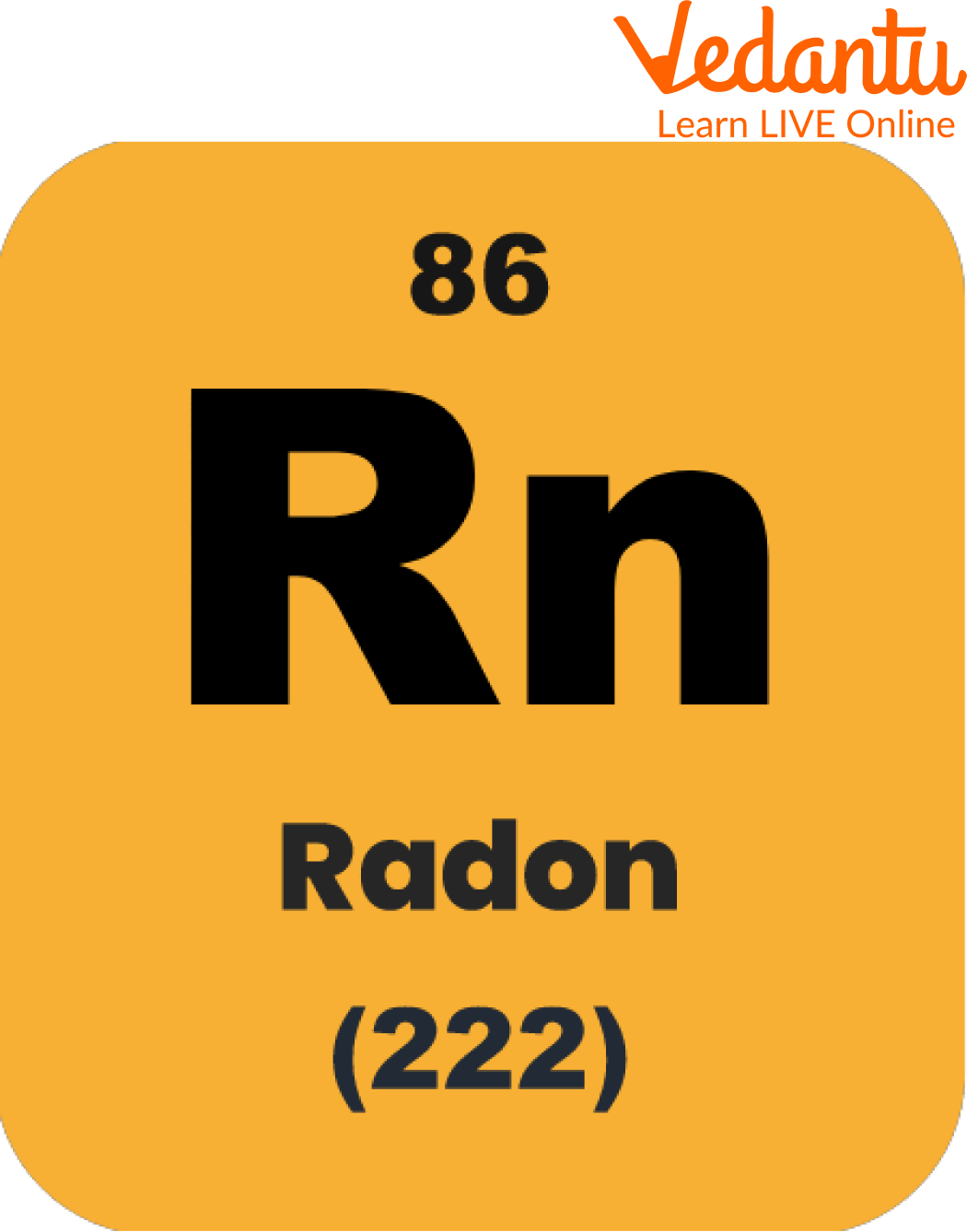
Radon
7. Oganesson
Oganesson is the "ultra-heavy, undiscovered" element of the periodic table. Oganesson is the first synthetic highly radioactive noble gas with an atomic number 118 and Og symbol.
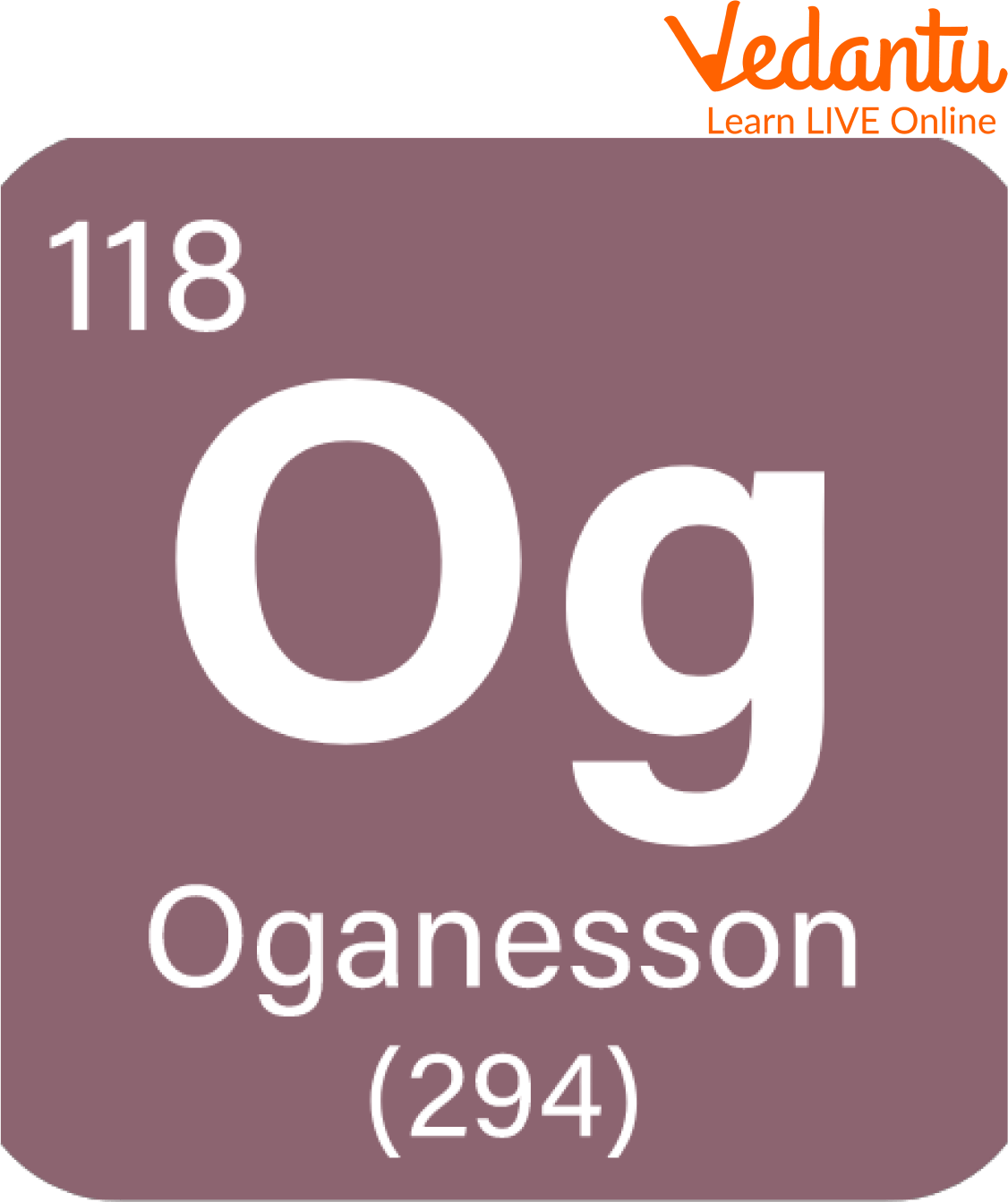
Oganesson
Summary
This article covers the concept of noble gases in depth. Noble gases are a group of elements that don’t react with any other element. Some images are used here to make the article attractive and more informative, which also helps in a better understanding of the concepts. This information makes the students aware of the noble gases facts and characteristics. Some examples of noble gases with names are discussed here.
FAQs on What do You Mean by Noble Gases?
1. Is oxygen a noble gas?
No, oxygen is not a noble gas as it reacts with other elements to form a compound.
2. What is an atomic number?
An atomic number is the total number of protons present in the nucleus of an atom.
3. Why is the electronic configuration of noble gases essential?
The electronic configuration of noble gases is essential because they have a total of eight valence electrons present in the valence shell of an atom, which makes the atom stable itself.
4. How are noble gases hazardous? Explain with an Example.
Most noble gases are nontoxic, but some can be toxic in large concentrations. That is because they act asphyxiate, which deprives oxygen in high concentrations. The best example of this is argon gas which can cause oxygen deprivation if inhaled for too long because the argon molecule has 22 electrons which prevent them from bonding to anything else.









